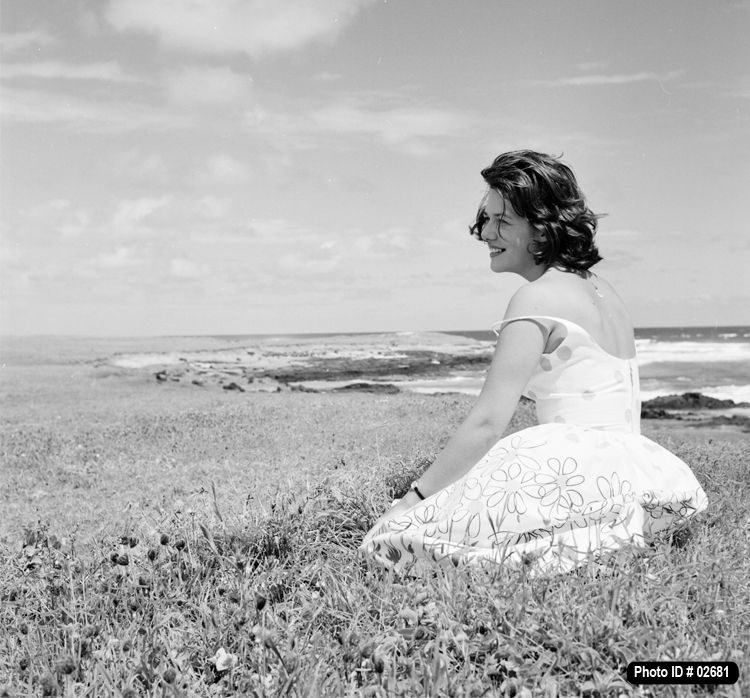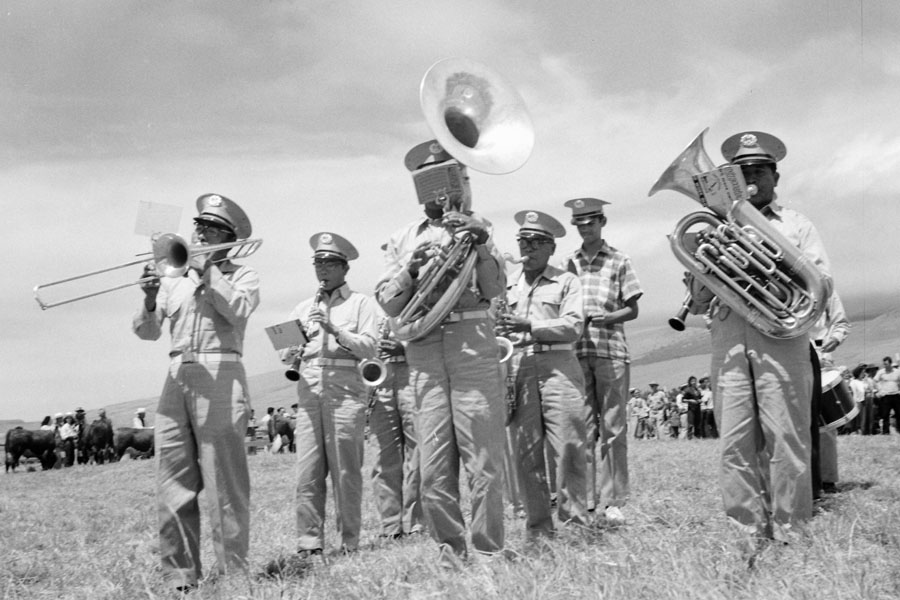This summer the Lyman Museum is again participating in Blue Star Museums, a collaboration among the National Endowment for the Arts, Blue Star Families, the Department of Defense, and more than 2,000 museums across America, to offer free admission to active duty military personnel (including the National Guard and Reserve) and their families from Memorial Day through Labor Day 2018. Because the Museum is closed on both Memorial Day and Labor Day, the participation period will actually span Tuesday, May 29 through Saturday, September 1, 2018. The Museum will also be closed on Wednesday, July 4 (Independence Day).
The free admission program is available to any bearer of a Geneva Convention Common Access Card (CAC), a DD Form 1173 ID card (dependent ID), or a DD Form 1173-1 ID card, which includes active-duty U.S. military—Army, Navy, Air Force, Marines, Coast Guard, as well as members of the National Guard and Reserve, U.S. Public Health Service Commissioned Corps, NOAA Commissioned Corps—and up to five family members.
For more information, go to arts.gov/national/blue-star-museums/frequently-asked-questions, or call the Museum at (808) 935-5021. The Lyman Museum is a Smithsonian Affiliate, located at 276 Haili Street in historic downtown Hilo, and is open Monday—Saturday, 10:00 a.m. through 4:30 p.m. except on Federal holidays.



